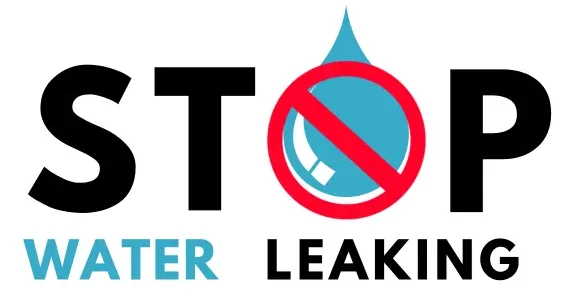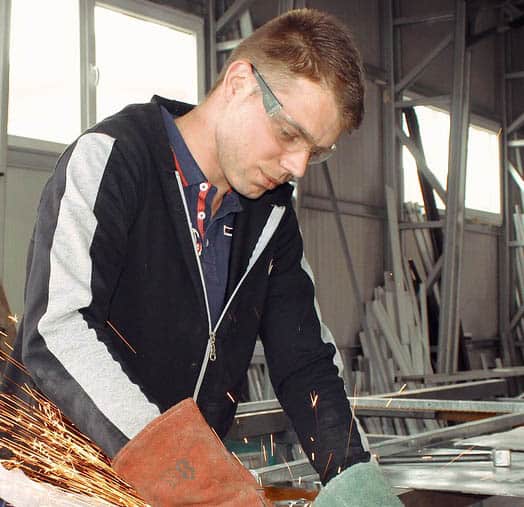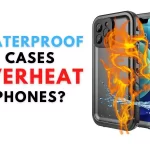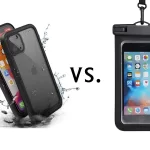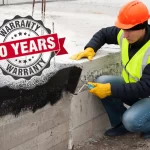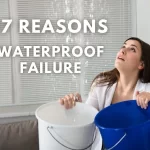Last 05 years I could observe so many failures in waterproofing membranes. Most of the failures are in domestic. And also, there are so many reasons I could find, why it failed. Here I have listed all 17 reasons and solutions in detail reasons for waterproofing failure
People follow the method statement from the product and cover the surface with coatings or membranes. But they don’t know whether it is good for the purpose. Although following the method statement, you are not able to apply to waterproof properly. Because it needs an experienced skill. So let’s see in-depth waterproofing failures.
01. Poor Workmanship
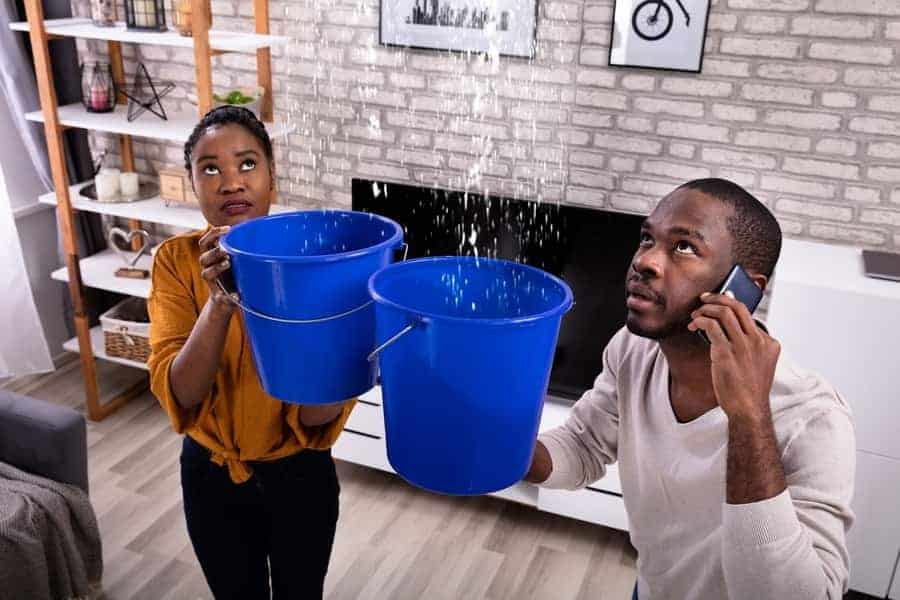
Waterproofing is a bit costly process. Some materials are high cost, and some are cheap. Whatever is used, waterproofing will not depend on the material only. It is highly dependent on the workmanship. 90% of problems are occurring due to poor workmanship. Some people try to follow the method statement, but buying the product is mostly unsuccessful.
The reason is selecting the material according to the surface and user experience. Each and every material are specified for each work. We can’t do all waterproofing using one compound. The surface, purpose, site condition, durability, and many more factors should be considered. These come with the experience. So better way to prevent failure is to hire an experienced person for the process.
When you hire a constructor, you should know about the waterproofing warranty. It will explain everything about claiming, include and excluded that you have.
02. Choosing the Wrong Membrane
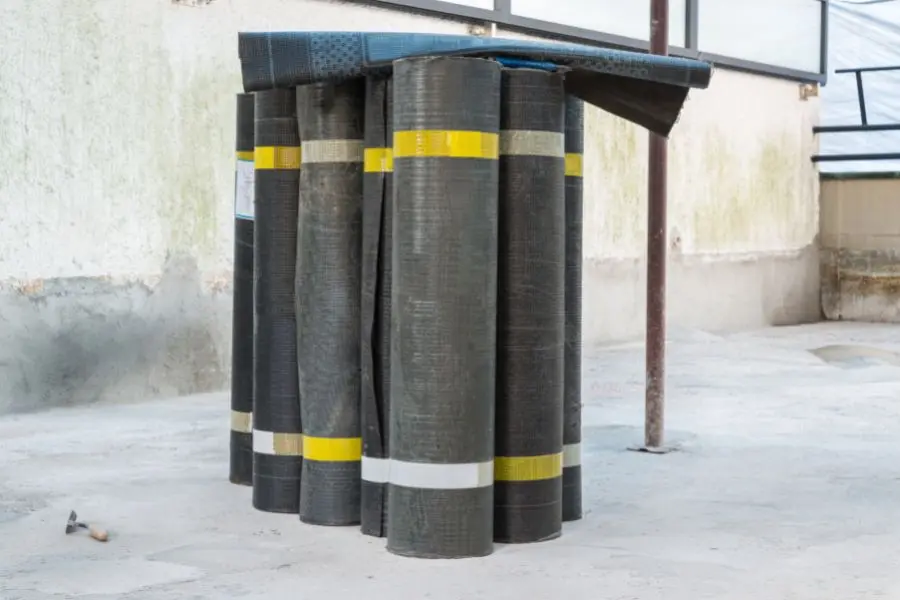
Membranes select internal or external surfaces to form a barrier that prevents water from penetrating through the structure. When selecting the membrane, you should know the surface and site conditions that you have to work for. And also make sure the waterproofing method is suitable for you. When selecting products, it is better to ask someone who has already used them.
When you select the membranes for the waterproofing method, check if there is any product that you have to use parallel, as an example, there are some primers you should use with the membranes. Probably some products are incompatible with the membrane with other products due to this debonding is result. If you did not use the same product of the same company, it might be a reason for your waterproofing failure.
Most of the membrane waterproofing is done is large areas. So it is better you should know about 10 Best Building Waterproofing Methods? – Tested In Site
03. De-Bonding
De-bonding is less bonding with the membrane and the structure. When you use different products that are not compatible well and de-bonding is occurred. Always follow international standards.
- ASTM D 7832
- KSF 4917
- KSF 4965
- GB 50108
- JASS 8
- JIS A 6909
- JIS A 6021
- BS 8102:2009
Because many products follow international standards and design the compounds according to that, many membranes such as EPDM, TPO, and PVC are not recommended for underground applications. There are so many reasons for debonding.
04. Apply on Uneven Surface
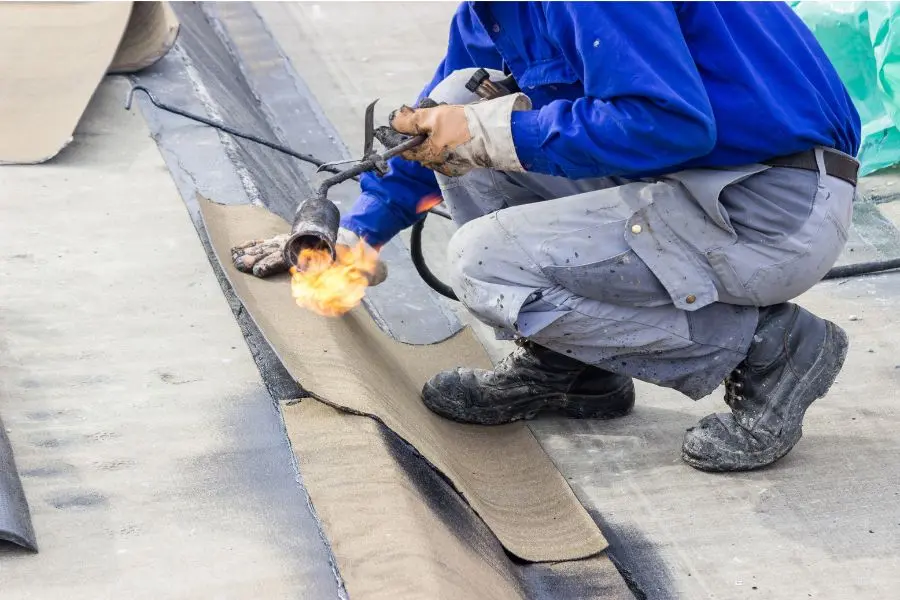
The application of the surface depends on the method that we are going to use. If we use any coatings waterproofing surface must not need well finished. But if you use any shield base waterproofing surface should be well finished.
When applying the membrane on the surface, it should be uniform, there should not uneven surface that directly affects to the waterproofing membranes. Some are not required a proper surface but mostly. The surface should be clear and if there is any wetted grass should be removed.
When there is an uneven surface membrane can be removed and water can be collected inside the membrane and structure. This water will not evaporate and due to the water collecting, it will spread over the membrane. This is caused to loss the bonding membrane with structure and finally we can see waterproofing failure
Most of the uneven surfaces are waterproofing using coatings.
05. Apply on Contaminant Surface
This is another reason for the debonding. When the surface is not properly cleaned, you can see some dust, small grasses, and cracks filled with small parts. Those should be clearly removed. Sometimes you can see some oxidation parts that are not bonded with the surface. Those should be clear. If you need to clear deep, you can use acidic water.
When contaminants are mixed the prime will not penetrate into the surface. When the membranes are applied, it will be loose when the time comes.
06. Apply on a Damp or Wet Surface
Water in the structure provides positive pressure to the surface. When we apply coating on the wet or damp surface, it will easily de-bonding. But if you use any crystalline waterproofing method, this will not highly affect you. The crystalline method uses inner water for the crystal formation process. Hence it can be used for both wet and dry surfaces.
If there is any debonding is formed, it can be engraved from the surface. And also, if their water inside, you can check by pressing on the surface. If there is no water you can tight and bond. When there is water volume is incompressible and you cant bond it. This happens when there is too much water inside the membrane.
07. Lack of Priming
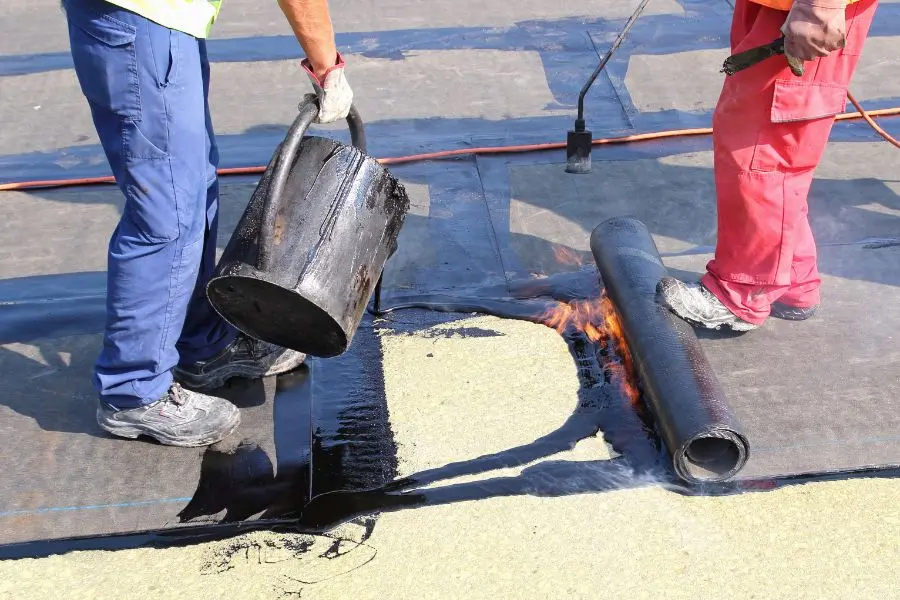
Priming is essential for membrane waterproofing. Priming acts like glue. First, it applies to the surface and makes an adhesive surface. Then the membrane is used the adhere to the surface. Application of the priming is a very careful task. Priming should be a uniform spread. The reason is less priming will lose the bond, and more priming is wastage
Priming applications can be made perpendicularly. Each area can be spread uniformly. You can use priming with a brush, roller, or another spray method.
Read More About – How to Waterproof Concrete Slab? – Essential Steps
08. Insufficient Covering
For the failure of the waterproofing, insufficient coverage is another reason. When we apply the membranes, it should be spread all over the surface same thickness. When the thickness is varied on the surface, membranes will not properly cover the surface island it will let water and contaminants come into the membrane. As a result of this, membranes is debonding and the waterproofing failure can be seen.
When water is leaking into the structure in this coverage structure, reinforcement can be corrosion.
09. Faulty Overlaps
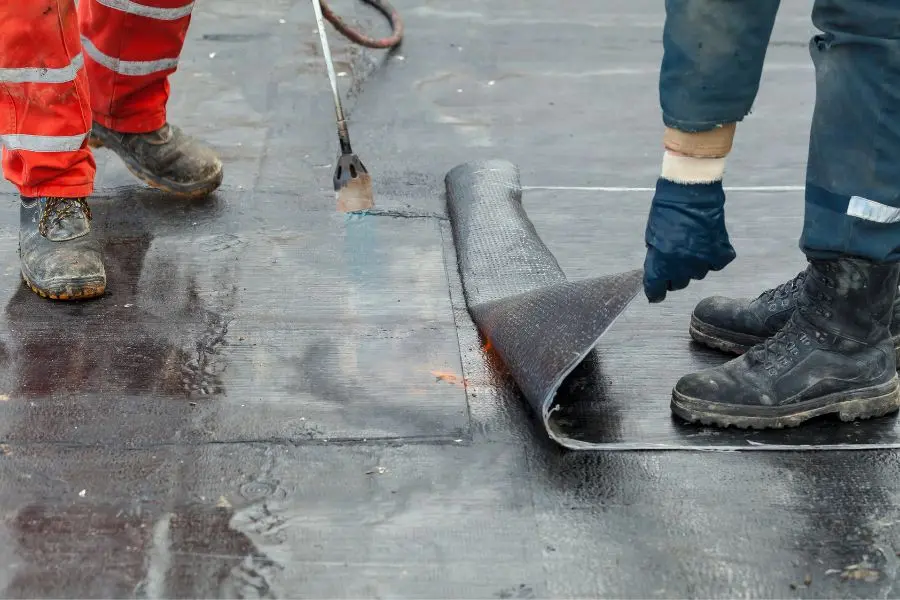
When using the sheet membranes like PVC, overlaps are essential. Sheets come with strips. We need to join them by heating or any other suitable method required. There are some specifications. For the bitumen membranes, 150mm is needed for the overlapping distance. And also, for the PVC membranes, there is a 100mm lapping distance.
If there is no proper overlapping distance, it will loosen the bond between sheets. And if you use the PVC sheets, use the proper temperature for bonding. More temperature will shrink the sheet and less temperature will not bond properly.
After the sheets are overlapped, we need to check with the screwdriver whether there is any de-bonding places. And also, it needs to seal the edge with a suitable compound which is recommended by the manufacturer.
When there is mechanical components like nuts, and bold meet on the overlaps it is necessary to increase the overlapping distance.
10. Uneven Application
When applying the priming as well as any coating for external waterproof methods, it is needed to maintain the proper layer thickness. Most probably application should be done perpendicular. So we can assume every part can properly spread. When we use a fiber mesh, we have to cover the whole mesh.
You can use a brush, roll a brush, or any other sprayer to apply the coatings uniformly. Always maintain the proper uniform thickness without any damage for the best efficiency.
11. Blistering
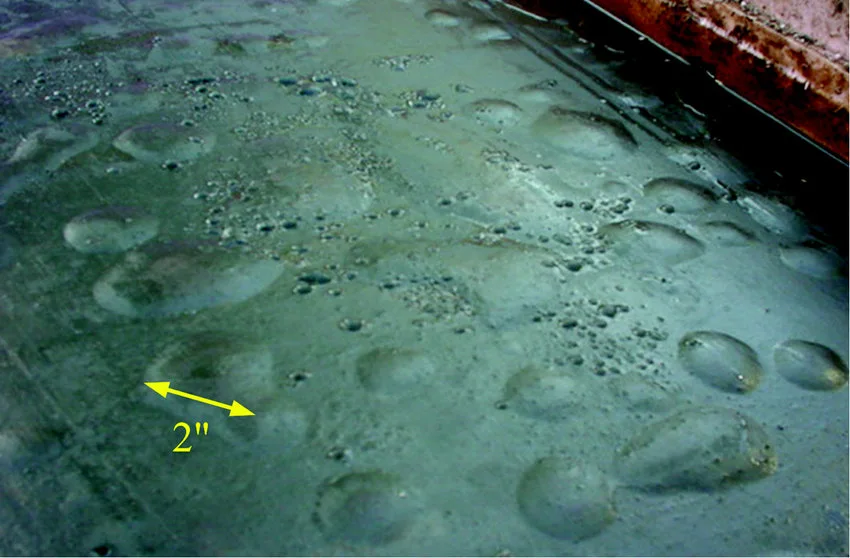
Due to insufficient priming, blisters can be built up. As a result, entrap air build-up under the membrane and air bubbles buildup. This effect stops the adhesiveness between the membrane and structure. Water can be collected from the entrap bubbles and it can penetrate the water to inside the concrete.
To prevent this surface should be well cleared and apply the priming as recommended. You can reduce it by laying the sheet from the corner and using a loller pusher.
12. High Surface Damages
After applying the waterproofing, men’s work can be done. This should be done carefully. When you damage the waterproofing surface by mistake, it is useless for doing the waterproofing. The whole surface will damage, and it will debond the structure.
From digging outside, inside drilling, using hammers, and scratching with hard equipment, more loading the surface can be damage the surface. When the covered surface is damaged, water will leak inside and total effort is useless. Hence work carefully in the waterproofing areas.
13. Building Settlements
The external load can be applied at any time on the structures. Due to this structure can be moved. When the settlement is done, surfaces will be worn. And also, expansion joints can be expanded. At this time, we can see waterproofing failure. When moving opposite sides, waterproofing layers will be torn and damaged.
When sudden loads is applied, settlements can be done. Due to this surface will be damaged, and it let the water will penetrate inside the membrane. You can avoid this by applying to waterproof after every construction process is completed.
Weathering, Deterioration
Every material is no lifetime long-lasting. Each one has a certain lifetime. In this period, it can be affected in many environmental conditions. Sunlight, rain, and wind can weak the intermolecular bonding. This is not about the priming this is deteriorating the material. UV lights can weak the bonding ability of the membranes.
Permanent ponding, inner water pressure, UV lights, high winds, rainy water can Highly damage the waterproofing badly.
14. No Proper Heating
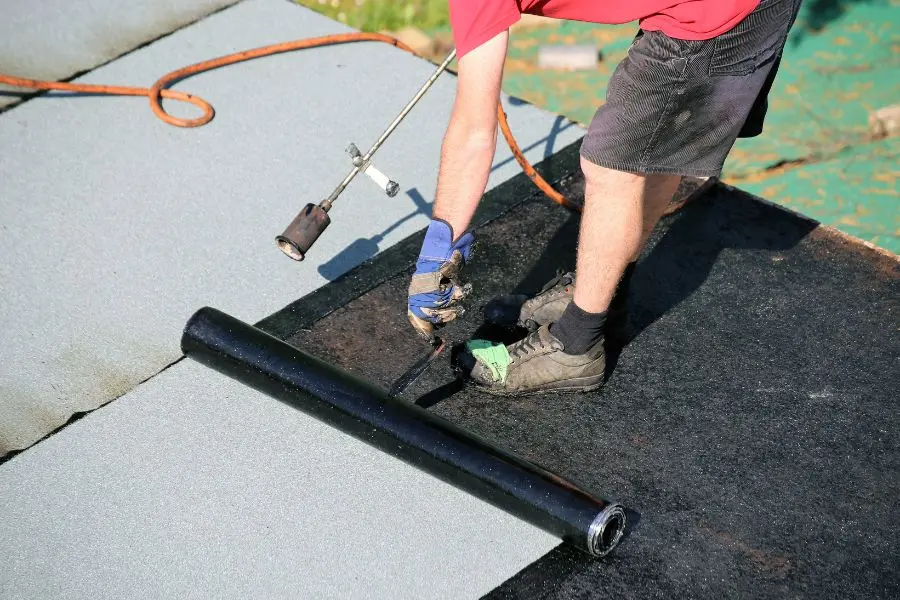
When applying the sheet membranes, waterproofing heating is essential to bonding each layer. PVC, and Bituminous membranes are the sheet waterproofing types. Both need heating, and then it is applied on the primed surface. For the PVC, priming is no needed, and for the bituminous gas torch, heating is essential to bond the sheet.
For the PVC required heating is 500C0to 600C0. It depends on the environmental conditions that you use. For the high temperature, it can be shrunk, and cant be connected to both layers.
And it is difficult to use a roller pusher. There will be gaps, and joints will not be uniform. If you use below that, joints will lose quickly. And you can separate each part easily. And also, for the bituminous sheets, you can heat with a torch until melting the tar on the sheet bottom.
15. Low Service Life
Different products are with different service life. The product service period we use should not be less than the building lifetime. When the product is sooner expires building is affected by water damage. And also, always try to use method statements. Then the user can have the best efficiency of the product. Dot tries for the experiments. Always follow the experienced guidance
16. High Hydrostatic Pressure/Ponding
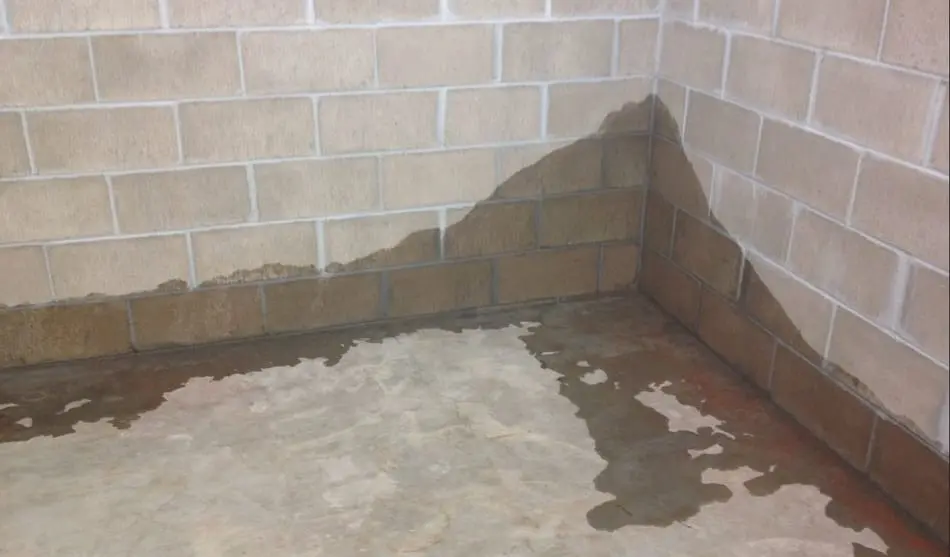
Water pressure can be raised when the depth is raised, so the inner water table will provide the positive pressure. Sometimes it can be ponding the outer of the structure. Due to this, ponding can happen.
Dampness and wet surface both can be seen during the basement waterproofing due to water leaking continuously because of the hydrostatic pressure. So you can follow these 09 steps to waterproof the basement easily.
When the water pressure is high, it tries to penetrate inside the structures highly. If there is any damage, it can penetrate quickly. As well as if there is loose joints, water can be penetrated.
17. Environmental Conditions
When we use waterproofing, we must pay attention to the environmental conditions that we might face. Else whatever type of waterproofing method we use. it can fail. Each and every waterproofing has a specified environmental condition. So better results can get when we follow it. Considering all we have, select what the types or methods you should choose is.
When you apply to waterproof, it can be affected by many environmental conditions, including sunlight, wind, UV, light, and many more. Each condition will damage the waterproofing system; hence select the waterproofing method that will long last more.
Related Topics
